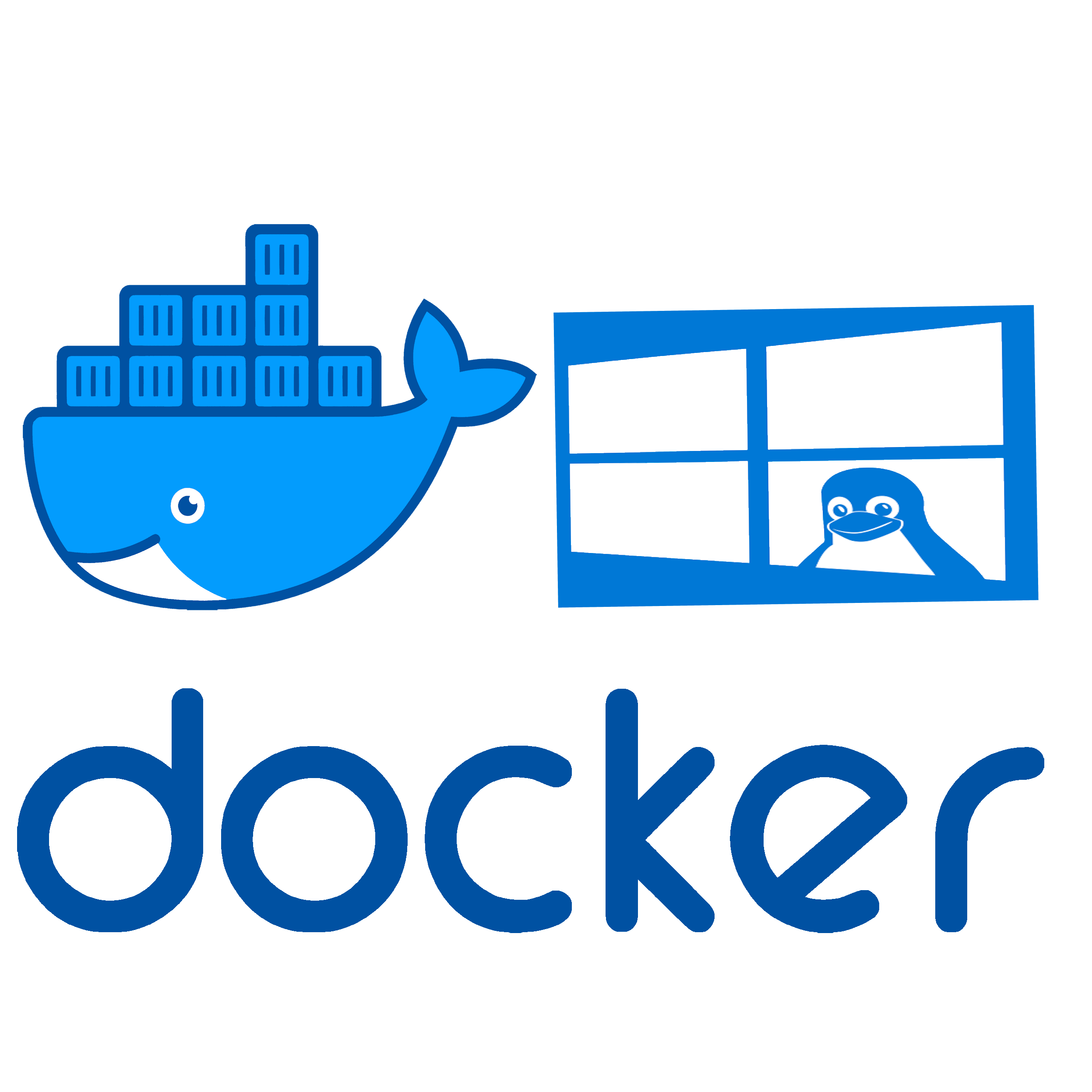Cyberduck – GUI File Transfers for Cloud and Servers
What Is Cyberduck
Cyberduck is a graphical file transfer client that focuses on simplicity without sacrificing power. It supports a wide array of protocols including FTP, SFTP, WebDAV, Amazon S3, OpenStack Swift, Backblaze B2, and even Google Drive and Dropbox.
Available on both macOS and Windows, it’s built for users who prefer point-and-click interfaces over command lines, while still needing access to modern cloud storage and traditional file servers. Despite its clean layout, it’s surprisingly capable — especially for tasks like syncing large folders, editing remote files in-place, or browsing buckets.
Key Features
| Feature | Description |
| Platforms | macOS, Windows |
| Protocols | FTP, SFTP, WebDAV, S3, Azure, Google Drive, Dropbox, Backblaze B2, OpenStack Swift |
| Bookmarking | Smart bookmarks with login + path persistence |
| External Editors | Edit remote files directly using local apps |
| Encryption | Cryptomator-based client-side encryption |
| File Previews | Preview remote images and documents |
| Sync Support | Upload/download synchronization and comparison |
| Transfer Queue | Batch transfers with retry logic and bandwidth controls |
| CLI Integration | Command-line tool available (duck CLI) |
| License | GPLv3 (GUI client), proprietary extensions available |
| Website | https://cyberduck.io |
Everyday Use
Cyberduck is built for people who move data between places — whether it’s a Linux server, an AWS bucket, or a legacy FTP host. The interface is clean, drag-and-drop friendly, and integrates with system-native credential managers like macOS Keychain or Windows Credential Store.
It’s often used by web developers, designers, and admins who need to make quick edits, upload assets, or manage backups — without needing to open a terminal.
Where It Works Best
– Managing files on remote Linux servers via SFTP
– Interfacing with cloud storage (S3, Backblaze, Dropbox)
– Keeping design assets synchronized between teams
– Performing secure transfers without relying on scripts
– Browsing storage without a web dashboard or CLI







